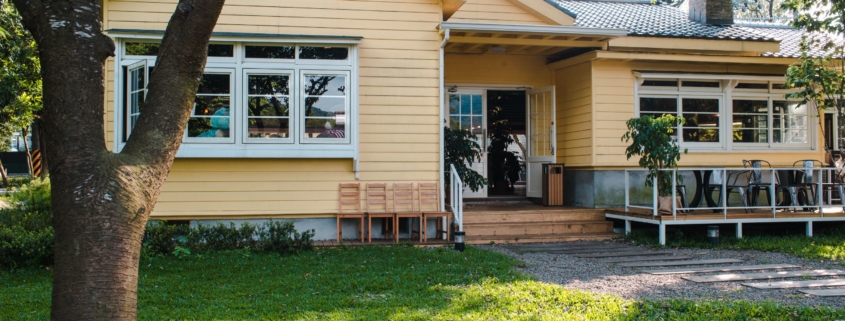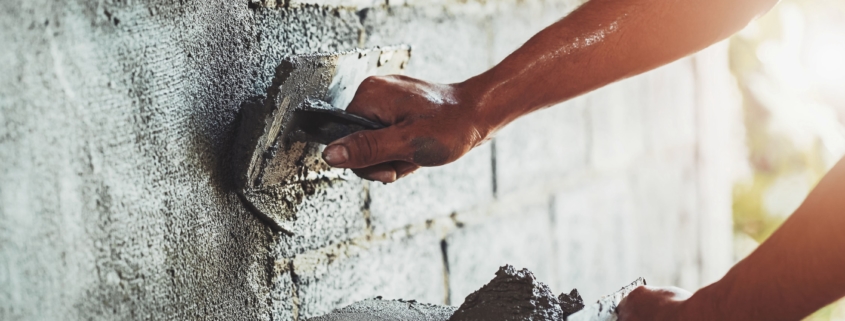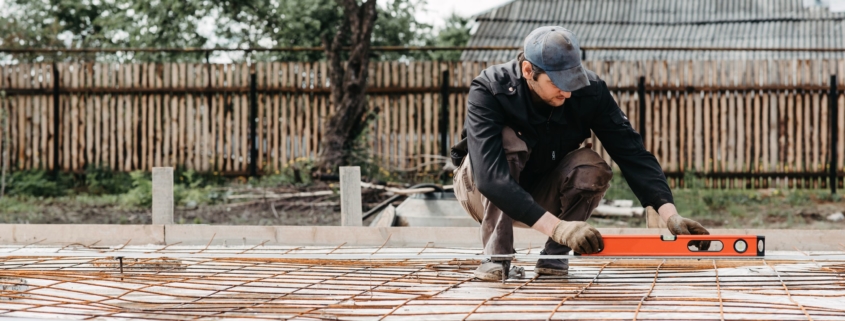When thinking about necessary inclusions in a home, a chimney might not be the first thing that comes to mind. However, they can actually be really helpful features to add to a home, especially when it comes to colder countries like Canada.
The primary purpose of a chimney is to remove any harmful fumes from the smoke that furnaces and stoves usually produce while turned on. It’s pretty good to constantly use such heaters to make some hot food and keep every occupant in the home warm during freezing weather.
An enclosed space can make the fire burn for a shorter period than it usually would with some draft. Chimneys help provide that very air that will help keep the fire you have burning. That way, you can cozy up to the fireplace a little longer.
However, unbeknownst to some homeowners, there are different chimney types. They contrast a lot in shape, style and intentions in design. Here are three distinct kinds of chimneys that you may find helpful to have in a regular residential property.
Masonry Chimneys
A masonry chimney roughly refers to the classic chimney depicted in animations and media, where Santa Claus usually slides down sneakily to place some presents. It might not look as comfortable, though, considering the materials a masonry chimney is made of. It can range from poured stone, mixed concrete, solid bricks and cut blocks.
Usually used in conjunction with an open fireplace more than anything, a masonry chimney is suitable for directing the smoke from burning wood away from the living room. The bottom half of it also looks quite charming while being completely durable due to its materials, making it a staple to add to the home.
Factory-Built Chimneys
Factory-built chimneys, also commonly known as prefabricated chimneys, are also a runner-up in the kind of chimney you may consider for your home. They’re most recognizable as the toppers of some factories, but there’s a fine selection of contemporary designs that homeowners can choose from and attach to their fireplace.
The appeal that factory-built chimneys have is that they provide excellent insulation and double-walling thanks to the sheet metal they’re made out of. They’re much easier to maintain than brick masonry chimney at times but are considerably more fragile and susceptible to any damages if the installation goes wrong.
Stove Chimneys
Unlike other masonry chimneys and factory-built chimneys, stove chimneys are a lot more versatile. If you happen to have a wood-burning stove, go and use this type of chimney. Homeowners can choose to attach that same stove chimney to a current chimney to make all the fumes from other avenues of smoke exit the home together.
The sight of them can be a little reminiscent of the ambience in a small baking shop or an old medieval tavern. It can be a lovely addition to have that will make your house feel a tad more put together.
Conclusion
Knowing these kinds of chimneys might help you make your mind up about what chimney you want to introduce your home to. There isn’t a wrong or right answer as each one holds its own perks and features.
Looking for a masonry company in Toronto? Red Robin Masonry can redo and repair your chimney and fireplaces to help protect your home from snow and severe temperatures. Get a quote today!




